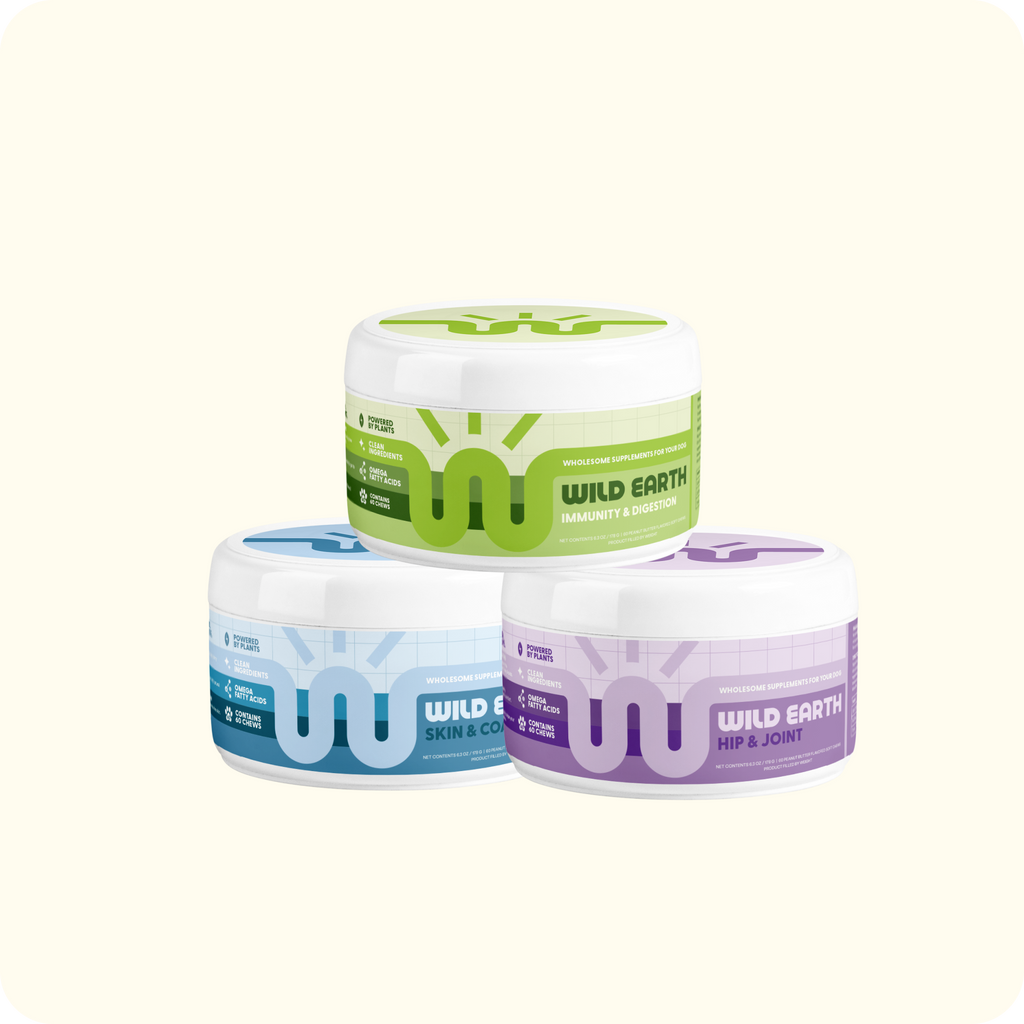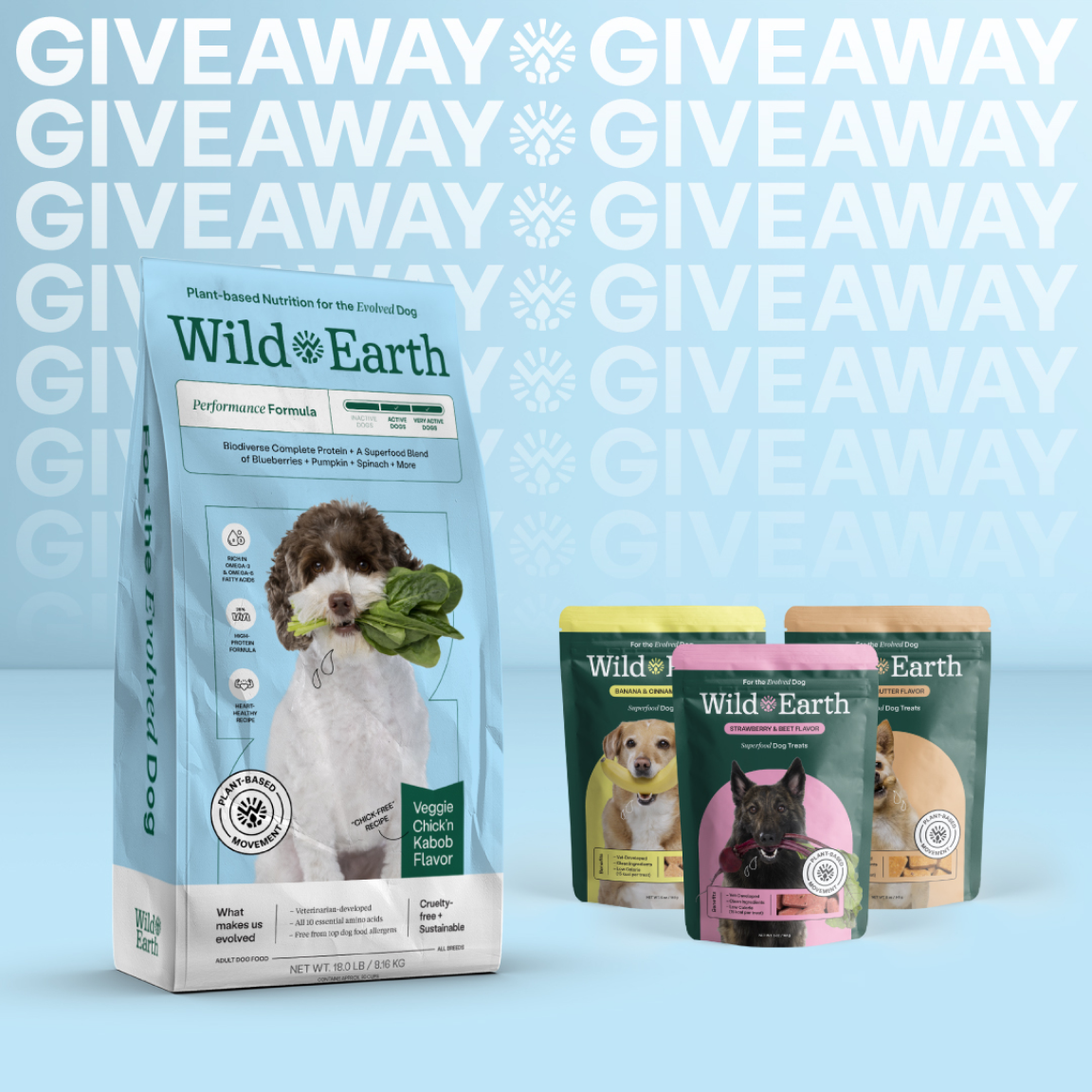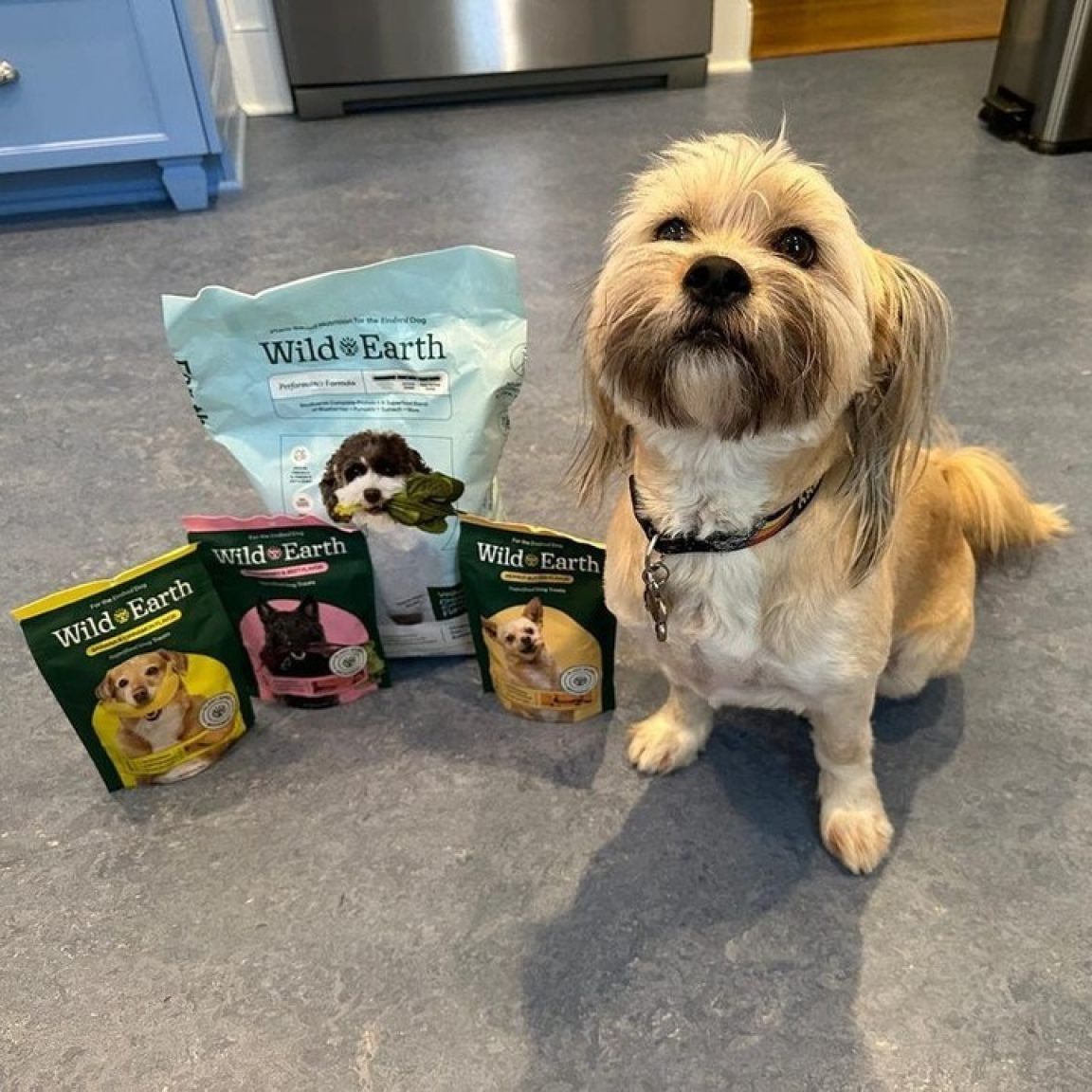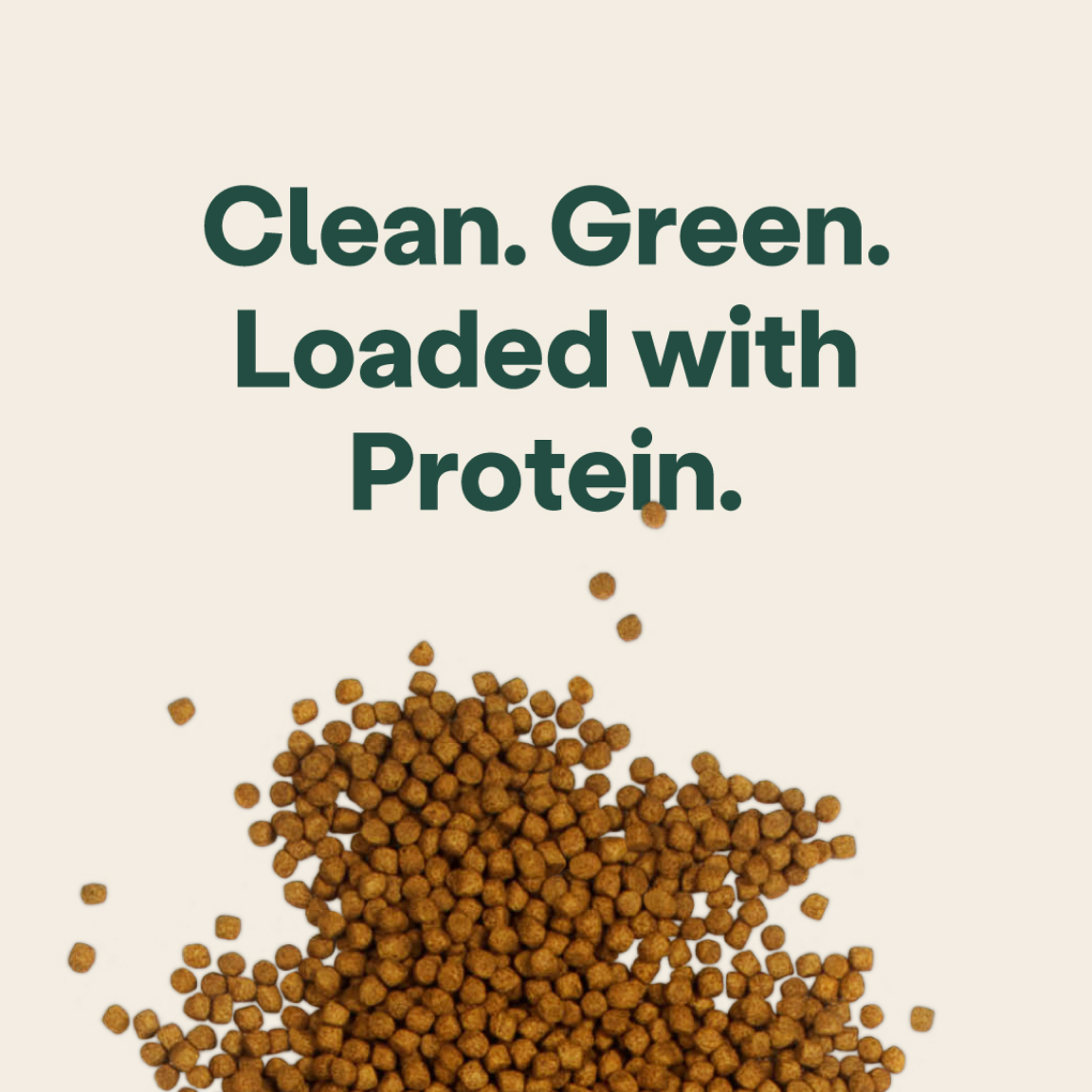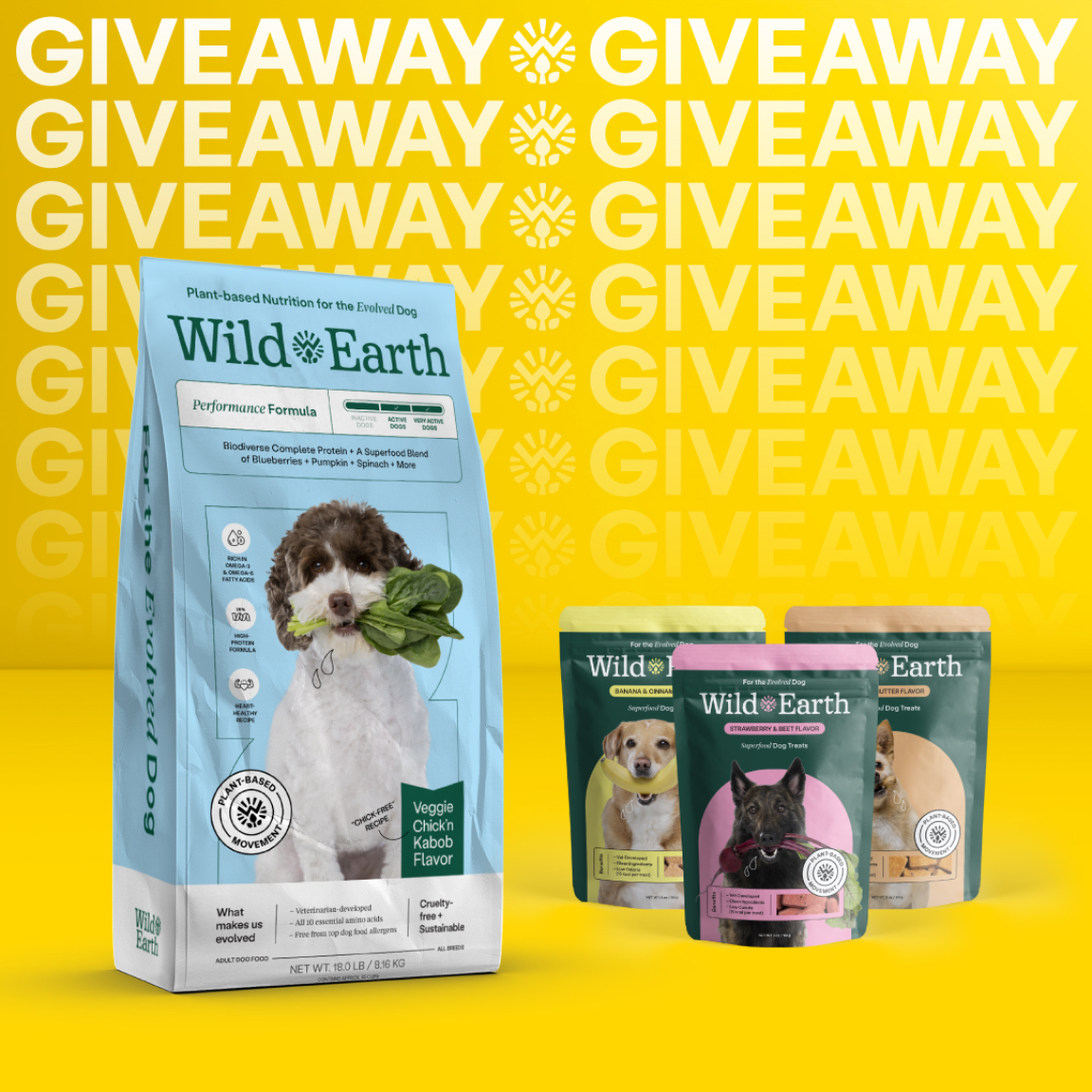Choosing the Right Food for Your Pet: A Simple Guide
When it comes to feeding our pets, many of us know the basics: avoid too many table scraps, and focus on quality pet food. But what does "quality pet food" really mean? How can we tell if the food we’re giving our cats or dogs has the nutrition they need? Here’s a breakdown to help you make the best choices for your furry friends.
The Importance of “Complete and Balanced” Pet Food
If you’re checking pet food labels, you may have seen the phrase “complete and balanced.” This means that the food meets all the nutritional needs of your pet as their sole diet. For food to be “complete and balanced,” it has to meet certain standards set by the Association of American Feed Control Officials (AAFCO). This ensures that the food has the necessary nutrients for your pet, whether it’s a dog or a cat.
Treats, snacks, and supplements are often not complete and balanced because they’re meant to be occasional add-ons to a pet’s diet, not their main source of nutrition.
How to Compare Protein Levels in Pet Foods
Many people assume that the protein level listed on the pet food label (known as "crude protein") is all they need to look at. But if you’re comparing dry food to canned food, it’s not that simple! Canned food usually has a lot more moisture than dry food, so you can’t compare them directly.
For example, canned food may contain up to 78% moisture, while dry food has closer to 10-12% moisture. To compare these foods fairly, you have to convert the protein levels to a “dry matter basis,” or moisture-free basis. This way, you’re looking at an equal moisture level.
Converting to a Dry Matter Basis
Here’s how to calculate the dry matter basis:
1. Find the moisture level on the label.
2. Subtract the moisture level from 100 to get the percent dry matter.
3. Divide the crude protein level by the percent dry matter and multiply by 100.
This gives you the protein content on a dry matter basis.
Example:
If your cat’s food label says it has 10% crude protein and 75% moisture, the dry matter content would be:
- (10 ÷ (100 - 75)) x 100 = 40%
This shows the actual protein content, adjusted for moisture.
AAFCO’s Role in Nutrient Standards
AAFCO has created nutrient profiles to guide pet food manufacturers on what nutrients to include and at what levels. There are two profiles for both dogs and cats:
- Growth and reproduction for young, pregnant, or nursing pets.
- Adult maintenance for adult pets.
These profiles reflect different life stages because a growing kitten or a nursing dog has different needs than an older, spayed or neutered pet. Pet foods designed for adult pets are formulated with lower levels of some nutrients to prevent unnecessary excesses.
Why AAFCO Standards Matter
When you see that a pet food meets AAFCO nutrient profiles or has passed AAFCO feeding trials, you know it’s likely nutritionally adequate for your pet. However, endorsements from other organizations don’t guarantee the same standards.
Quick Tips for Pet Food Shopping
1. Look for “complete and balanced” on the label.
2. Compare protein levels carefully, especially between canned and dry foods.
3. Understand AAFCO standards and know they reflect the latest in pet nutrition science.
Feeding your pet a balanced diet helps them stay healthy and happy, and choosing food that meets AAFCO standards is a good step toward that goal.
source: U.S. Food and Drug Administration. (n.d.). “Complete and Balanced” Pet Food. Retrieved November 6, 2024, from https://www.fda.gov/animal-veterinary/animal-health-literacy/complete-and-balanced-pet-food














